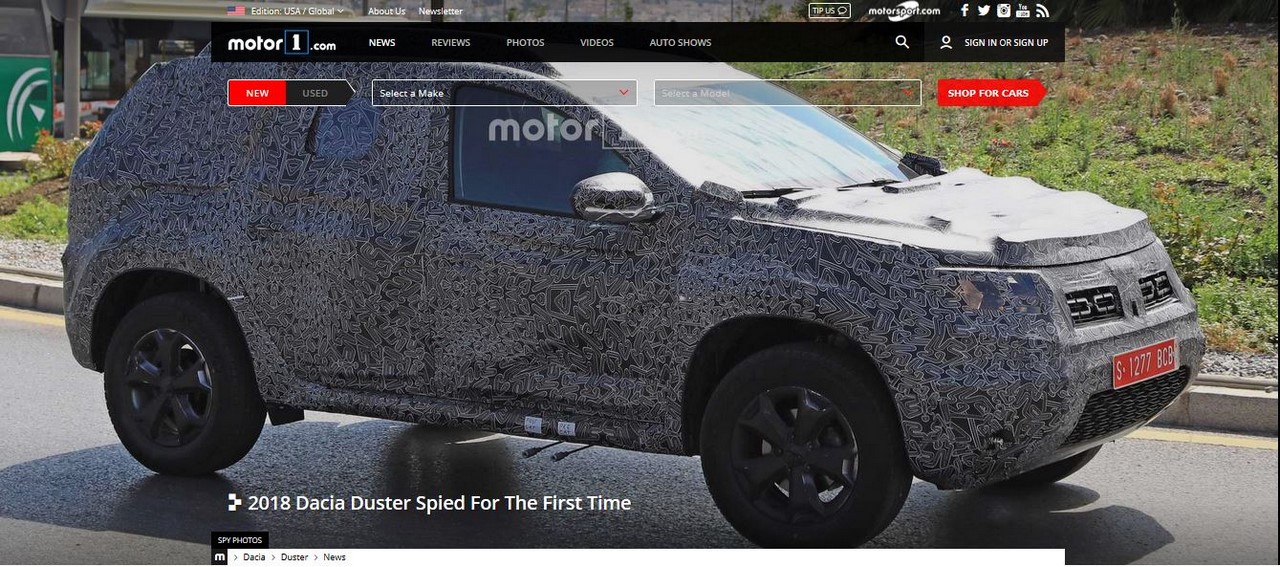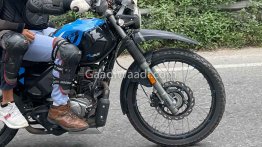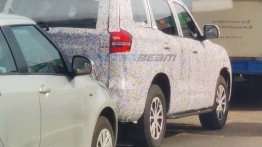Debuts at the IAA 2017.
The Renault Duster (as the Dacia Duster) touched down in 2010 and is set for a complete revamp this year. Spy shots published by Motor1 reveal that the India-bound 2018 Renault Duster has started road tests in Europe with thick body camouflage.

The next-gen Renault Duster apparently has an evolutionary design with the well-recognized proportions retained. Up front, the headlamps are sleeker and there's once again a large opening for the air dam grille. Looking from the sides, it's evident that the Duster will again offer a high ground clearance and wide fenders. The door mirrors have a new design and look more car-like positively.
The next-gen Renault Duster will likely ride on an upgraded version of the B0/Logan platform that underpins the current model. While the Duster is sold in a single body type, the second generation Duster will have a long-wheelbase version with seven seats. This 7-seat version currently goes by the name 'Renault Grand Duster'.
Renault is expected to work on the SUV's basic interior to give it an upmarket and plush feel and pack it with more advanced technologies with the lifecycle change. One such tech upgrade would be a more intuitive touchscreen infotainment system with Apple CarPlay, Android Auto and MirrorLink.
The engines for the next-gen Renault Duster would vary as per the market, but the 1.2-litre TCe petrol unit, being the most recent inclusion, should continue. The 1.5-litre dCi diesel engine is said to get replaced by a more efficient 1.6-litre dCi engine. The current model is also offered with 1.6- and 2.0-litre petrol and bi-fuel units, and with the 1.5-litre H4K petrol engine in India. Expect the Duster to keep the 5MT, 6MT, 6EDC and 6AMT transmission choices.

Also Read: Renault Captur spotted on test with LED DRLs
The 2018 Renault Duster will have its world debut with the Dacia badge at the 2017 Frankfurt Motor Show (IAA 2017) in September. Its 7-seat version should follow next year, keeping it on course for an Indian launch reported in 2019.
[Image Source: Motor1]
































































